Personal Trainer vs. Self-Training - Pros and Cons
Share
Starting a fitness journey is a rewarding decision, but one of the first choices you'll face is whether to hire a personal trainer or go it alone with self-training.
Each approach has its benefits and drawbacks, and the right choice often depends on your fitness goals, experience level, and personal preferences.
This article explores the pros and cons of both personal training and self-training to help you make an informed decision.
Personal Training
A personal trainer is a certified professional who provides guidance, motivation, and expertise to help you achieve your fitness goals. Here are the advantages and disadvantages of working with a personal trainer.
Pros of Personal Training
-
Customized Plans
Personal trainers create tailored workout programs based on your goals, fitness level, and any specific needs, such as injuries or health conditions. This personalized approach maximizes efficiency and reduces the risk of injury. -
Expert Guidance
Trainers have in-depth knowledge of exercise techniques, anatomy, and physiology. They ensure you perform exercises correctly, which helps prevent injuries and ensures optimal results. -
Motivation and Accountability
A trainer pushes you to stay consistent and work harder than you might on your own. Knowing someone is monitoring your progress can keep you committed to your fitness routine. -
Goal Setting and Tracking
Personal trainers help you set realistic goals and track your progress over time. They can adjust your program as needed to ensure you continue making progress. -
Efficiency
Trainers know how to design effective workouts that make the most of your time, focusing on exercises that deliver the best results for your goals.
Cons of Personal Training
-
Cost
Personal training can be expensive, with hourly rates ranging from $30 to over $100 depending on the trainer’s experience and location. This cost may be prohibitive for some individuals. -
Dependence
Some people may become overly reliant on their trainer, which can make it challenging to work out independently. -
Scheduling Conflicts
Finding a trainer whose availability matches your schedule can sometimes be difficult, especially if you have a busy lifestyle. -
Compatibility Issues
Not every trainer-client relationship works perfectly. If your trainer’s style or personality doesn’t align with yours, it could impact your experience and results.
Self-Training
Self-training involves designing and following your own fitness routine without professional guidance. This approach appeals to those who prefer flexibility and autonomy.
Pros of Self-Training
-
Cost-Effective
Self-training is significantly cheaper than hiring a personal trainer. You can rely on free or low-cost resources such as fitness apps, YouTube videos, or online guides. -
Flexibility
You can work out whenever and wherever you want without being tied to a trainer’s schedule. This makes it easier to fit exercise into a busy lifestyle. -
Self-Paced Learning
Self-training allows you to learn and progress at your own pace. You can experiment with different workout styles and routines to discover what works best for you. -
Independence
Training on your own fosters self-reliance and confidence. You take full responsibility for your fitness journey, which can be empowering. -
Privacy
For those who feel self-conscious working out in front of others, self-training at home or in a private space can be a more comfortable option.
Cons of Self-Training
-
Lack of Expertise
Without professional guidance, it’s easy to make mistakes in exercise form, which can lead to injuries or hinder progress. -
Difficulty Staying Motivated
Self-training requires strong discipline and motivation. Without external accountability, it’s easier to skip workouts or lose focus. -
Overwhelm from Information
The abundance of online fitness information can be overwhelming and confusing. Sorting through conflicting advice to create an effective workout plan can be challenging. -
Plateaus
Without a trainer to adjust your program, you may hit a fitness plateau and struggle to progress further. -
Limited Knowledge
Self-training may lack the depth of understanding that a trainer brings, particularly when addressing specific goals like rehabilitation, weight loss, or muscle building.
Which Option is Right for You?
Choosing between personal training and self-training depends on your goals, budget, and preferences. Here are some scenarios to consider:
Personal Training Might Be Best If:
- You’re a beginner and need guidance on proper form and technique.
- You have specific fitness goals, such as training for a competition or recovering from an injury.
- You struggle with motivation and need someone to hold you accountable.
- You value a structured and customized approach to fitness.
Self-Training Might Be Best If:
- You’re on a tight budget and can’t afford personal training.
- You have prior fitness experience and are confident in your ability to design an effective workout plan.
- You prefer working out on your own schedule and value flexibility.
- You enjoy learning independently and experimenting with different fitness methods.
Combining Both Approaches
For some, a hybrid approach works best. You might hire a personal trainer for a few sessions to learn proper form and create a plan, then transition to self-training. Alternatively, you could train independently most of the time but check in with a trainer periodically to adjust your program and ensure you’re on track.
Final Thoughts
Both personal training and self-training have their merits and challenges. Personal training offers expertise, accountability, and structure, making it ideal for those who need guidance or struggle with motivation. Self-training, on the other hand, provides flexibility, independence, and cost savings, appealing to those who prefer autonomy.
Ultimately, the best choice is the one that aligns with your lifestyle, goals, and resources. Whether you work with a trainer, train solo, or combine both approaches, consistency and dedication are the keys to achieving lasting fitness success.
